Indo-Portuguese Nobility, Goa, India (16th Century)*
Artist/Designer: Indo-Portugese
Project Location: India
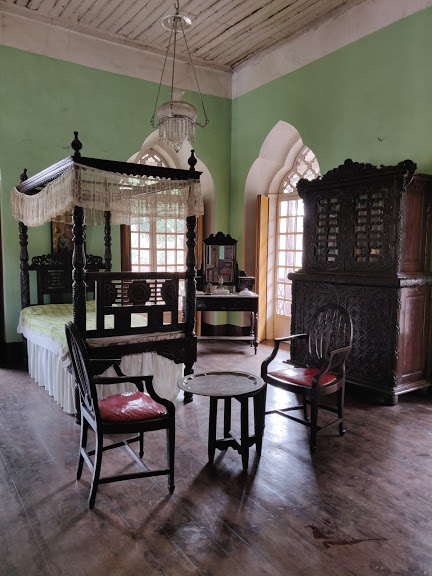
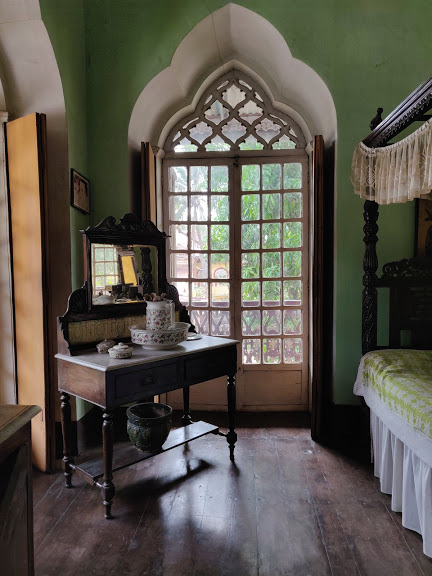
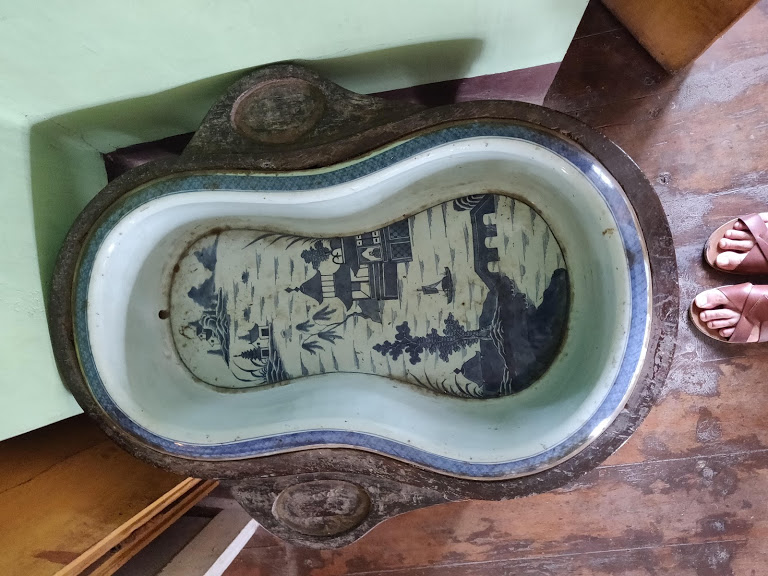
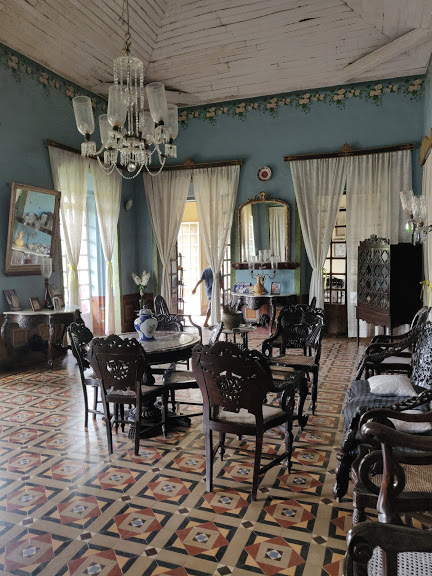
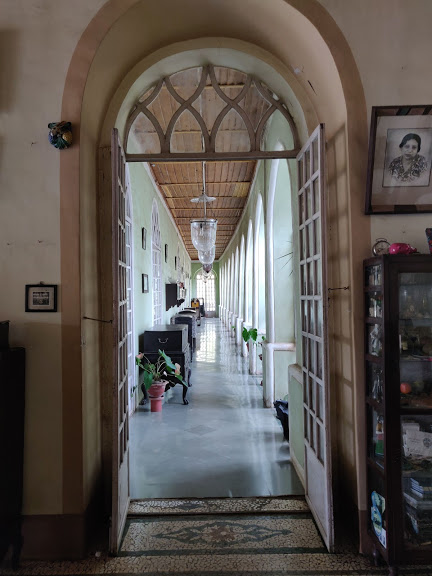
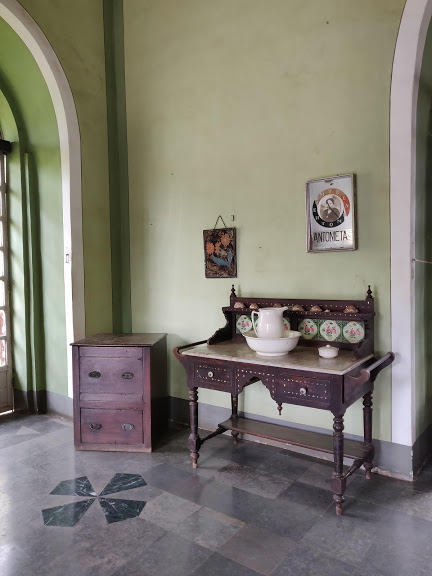
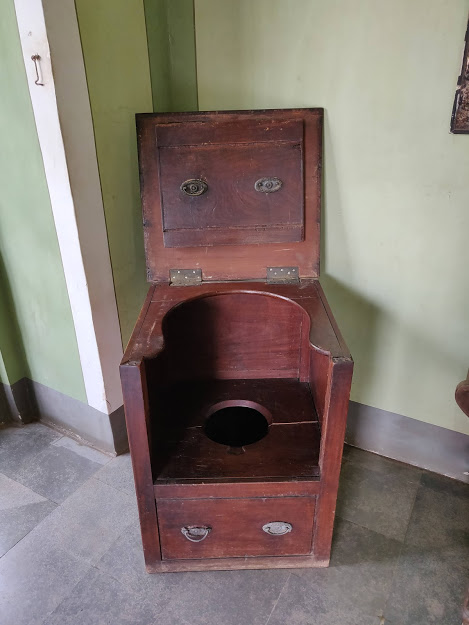
Style/Period(s):
No Style/Period Assigned.
Primary Material(s):
Ceramic, Wood
Function(s):
Residential Structure
Related Website(s):
Significant Date(s):
16th Century
Additional Information:
The Portuguese arrived in Goa in 1510. Over the centuries, under Portuguese rule, a local nobility evolved, consisting mostly of Hindu Brahmins who had converted to Christianity. These converted Brahmins built grand Goan mansions having wide verandas, paneled ceilings, ornate private chapels with sculpted saints and cherubs, and window shutters decorated with oyster shells. Though the Portuguese influence is obvious, many of these mansions also reflect a unique fusion of local and Western ideas.
Publications/Texts in Print:
Davison, J.; Nengah Enu; Bruce Granquist; Luca Invernizzi Tettoni (2003). Introduction to Balinese Architecture. Tuttle Publishing.
Mathew, K. S. "INDO-PORTUGUESE TRADE AND THE GUJARAT NOBILITY IN THE SIXTEENTH CENTURY : A CASE STUDY OF MALIK GOPI." Proceedings of the Indian History Congress 45 (1984): 357-66.
Maxwell, W. George. "Mantra Gajah." Journal of the Straits Branch of the Royal Asiatic Society, no. 49 (1907): 71-86.
Pringle, Robert (2004). Bali: Indonesia's Hindu Realm; A short history of. Short History of Asia Series. Allen & Unwin.
Building Address: Fernandes Heritage House- Fort Area Salcette, Cotta Diasvaddo, Chandor, Goa, India and Menezes Braganca House, Guddi - Chandor Rd, Culsabhatt, Chandor, Goa, India
Significant Dates: Built 1821
Tags: Goan-Portuguese Houses, Bathroom solutions, Nobility, Archeological sites,, Bath culture, Bathing culture, Bathing, aqueous, hygiene, hygienic, health, Goa, India, Portuguese, Goa Gajah, 1821,
Viewers should treat all images as copyrighted and refer to each image's links for copyright information.